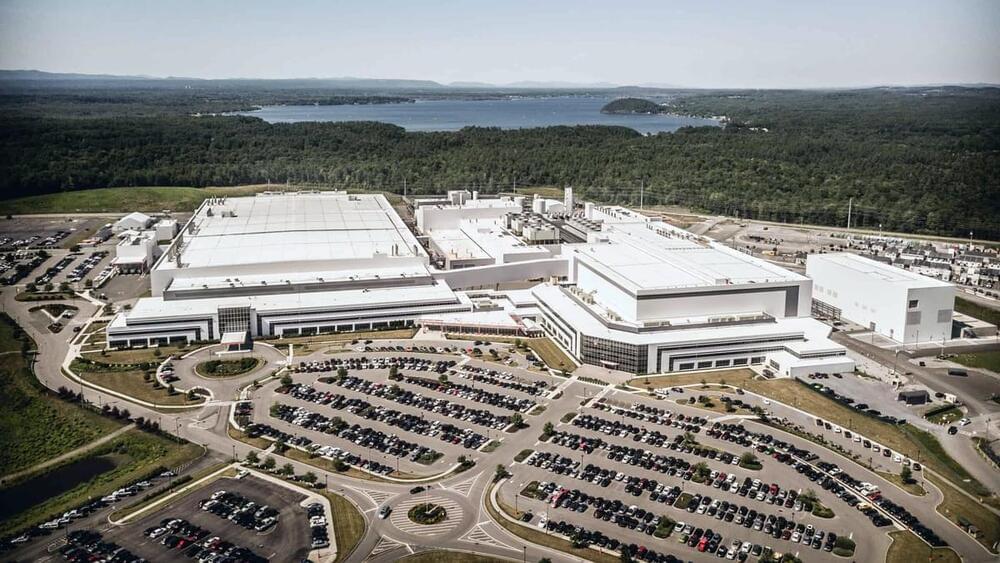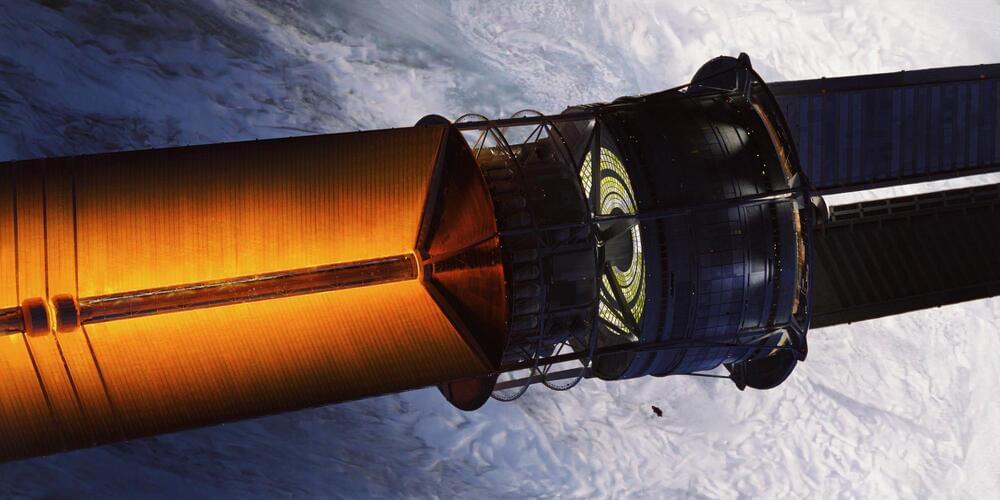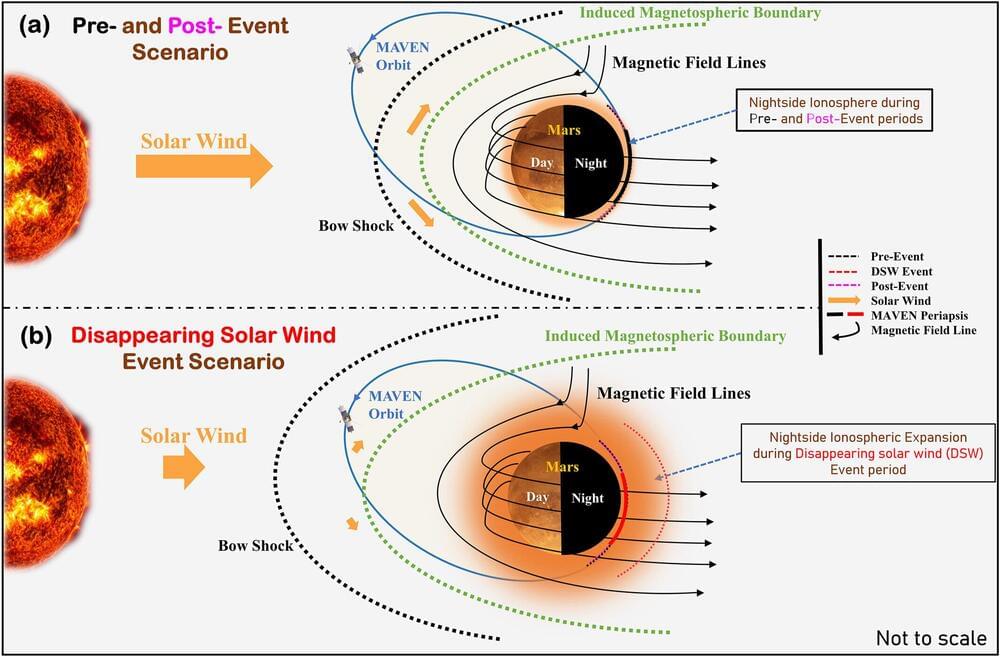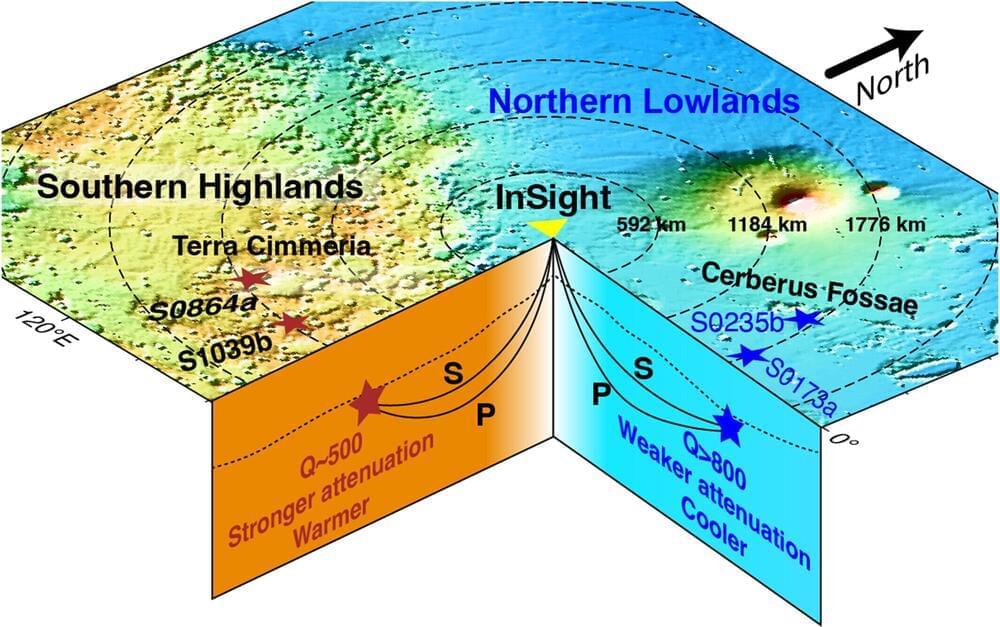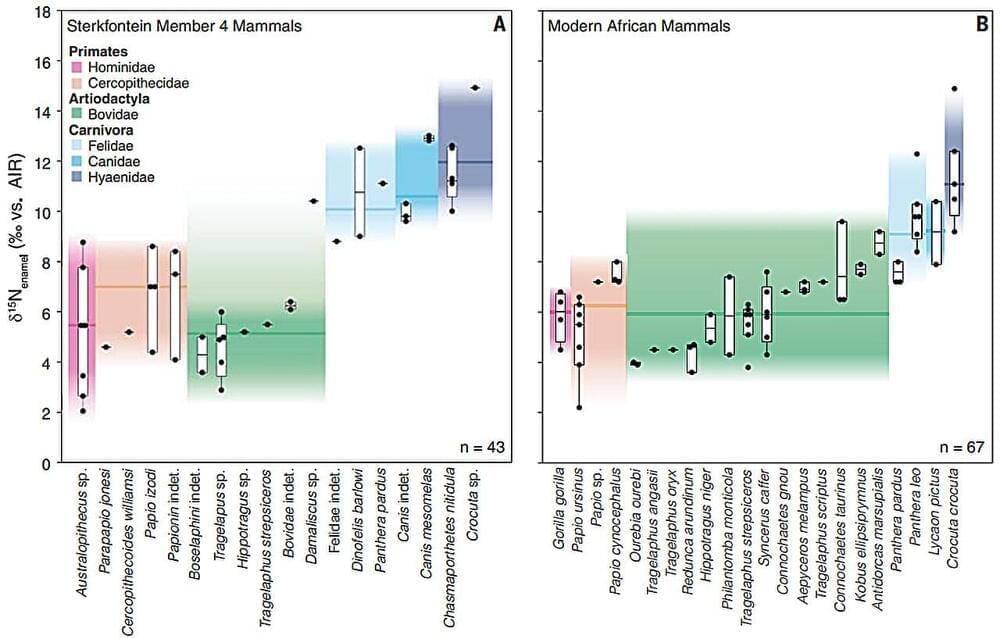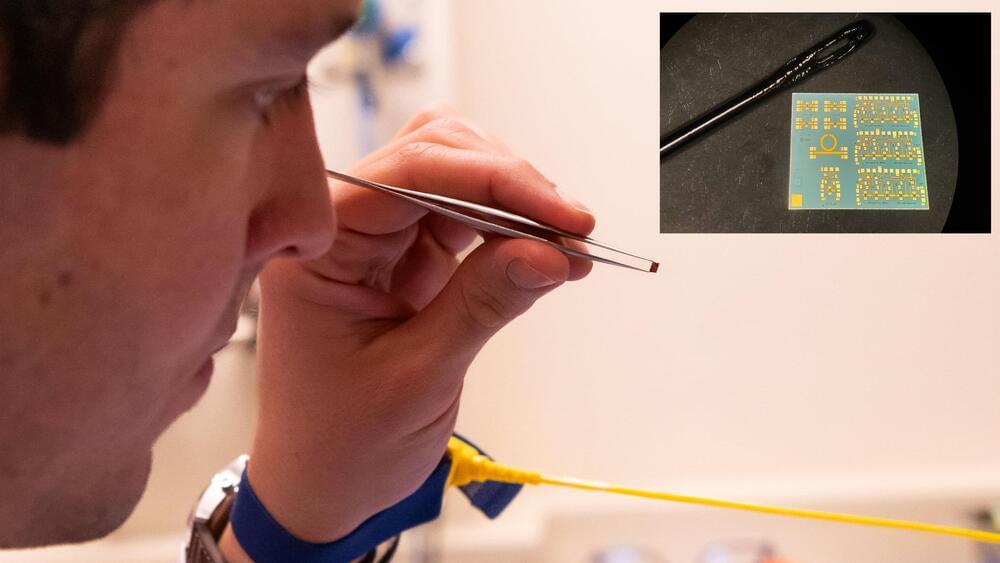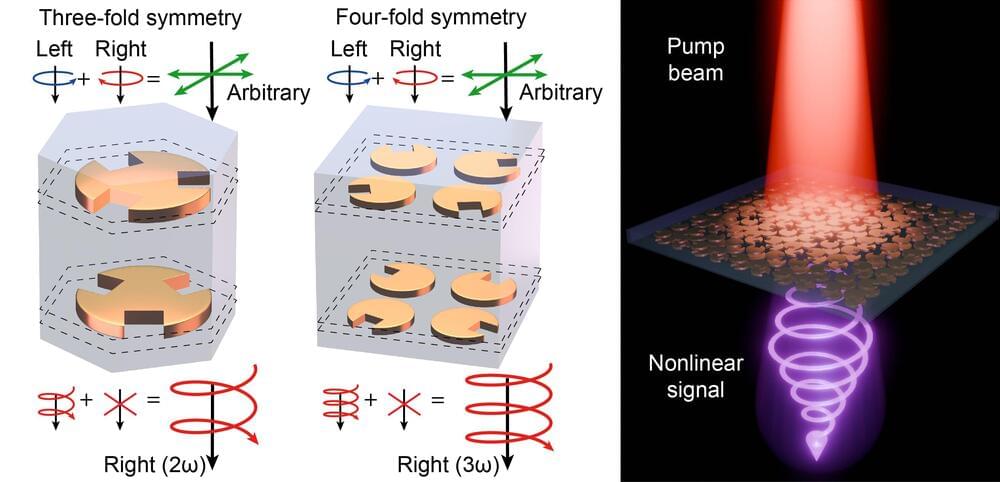Page 10
Jan 18, 2025
World’s first open-source trapped-ion quantum computer unveiled
Posted by Genevieve Klien in categories: computing, quantum physics
OQD launches the world’s first open-source trapped-ion quantum computer, democratizing access to quantum technology.
Jan 18, 2025
The Race to the Stars: Building the Multigenerational Interstellar Spaceship
Posted by Initiative for Interstellar Studies in categories: alien life, physics, sustainability, transportation
Humanity’s fascination with the unknown is a timeless impulse, rooted in curiosity and the desire to push boundaries, uncover mysteries, and open doors to new frontiers. What were once represented by voyages and the discovery of new islands and continents are now pursued in the vastness of the Universe. As we seek answers, provoke new questions, and open doors to endless possibilities, this drive continues to inspire. It has shaped countless literary and cinematic works, transforming interstellar exploration from a science fiction concept into a vision increasingly grounded in reality. One such visionary project is Project Hyperion, spearheaded by the Initiative for Interstellar Studies (i4is), which challenges humanity to develop practical solutions for interstellar travel through a design competition. By envisioning generation ships—vast, self-sustaining habitats capable of supporting multigenerational societies on journeys spanning centuries—the project not only pushes the boundaries of technology but also sparks social innovation, stretching the limits of our collective imagination.
The exploration of outer space, which began during the Cold War space race with milestones like the launch of Sputnik in 1957 and the Apollo 11 Moon landing in 1969, has driven advances in science, technology, and geopolitics. Since then, continuous efforts such as the International Space Station (ISS), launched in 1998, have provided platforms for microgravity experiments essential to research in biomedicine and physics, as well as preparation for lunar and Martian missions. Simultaneously, spacecraft have evolved from orbital missions to interplanetary exploration and, more recently, space tourism, with vehicles like SpaceX’s Crew Dragon and Blue Origin’s New Shepard offering unique experiences in space.
However, the challenge of interstellar exploration—journeys beyond our solar system to distant stars—presents far greater complexity and requires a radical reimagining of space technology. An interstellar spacecraft would not simply be a scaled-up version of today’s spaceships but a structure capable of sustaining journeys lasting centuries, traversing immense distances. To endure such long voyages, these ships must be self-sustaining, with closed-loop life support systems, food production, and resource recycling, creating an environment where people are born, live, and die. Beyond technological challenges, there are also social and psychological hurdles to prolonged space travel. Such a ship must be not only a high-performance machine but also a viable habitat for living, working, and fostering a society across generations. This requires rethinking how we organize coexistence, social relationships, and power dynamics in an isolated and confined environment.
Jan 18, 2025
Researchers STUNNED As AI Improves ITSELF Towards Superintelligence “OpenAI have ‘broken out’…”
Posted by Jose Ruben Rodriguez Fuentes in category: robotics/AI

The latest AI News. Learn about LLMs, Gen AI and get ready for the rollout of AGI. Wes Roth covers the latest happenings in the world of OpenAI, Google, Anthropic, NVIDIA and Open Source AI.
Jan 18, 2025
Mars’s rare disappearing solar wind event explained
Posted by Saúl Morales Rodriguéz in categories: climatology, particle physics, space
Mars’s atmosphere and climate are impacted by interactions with solar wind, a stream of plasma comprised of protons and electrons that flows from the sun’s outermost atmosphere (corona), traveling at speeds of 400–1,000 kilometers per second.
As these charged particles interact with the planet’s magnetic field and atmosphere, we may see spectacular auroras over polar regions on Earth. Given Mars’s lack of a global magnetic field, auroras here are instead diffused across the planet.
However, sometimes this solar wind can “disappear” in rare events when there is a gap in the solar wind path as the sun increases its solar activity. This occurs when a faster portion of solar wind overtakes a slower one in a corotating interaction region and incorporates it, leaving a lower-density void in the solar wind path.
Jan 18, 2025
Mars’s two distinct hemispheres caused by mantle convection not giant impacts, study claims
Posted by Saúl Morales Rodriguéz in category: space
Mars has northern and southern hemispheres like Earth, but their defining characteristics are markedly different, a phenomenon known as Martian dichotomy. The Southern Highlands are older, higher in elevation and more cratered than the Northern Lowlands. The elevated terrain of the former acts as a natural barrier to airflow, resulting in varied wind patterns and contributing to localized weather phenomena.
Explanations for the origin of this dichotomy primarily surround giant impactors (~2,000 kilometers in diameter) from space and large-scale convective movements of the mantle caused by differences in its temperature and density.
Research published in Geophysical Research Letters has attempted to further unravel this origin story through study of Martian earthquakes, or marsquakes. Much like on Earth, this seismic activity can be used to explore driving mechanisms beneath Mars’s surface.
Jan 18, 2025
Isotopes in early South African hominin teeth show they ate little meat
Posted by Saúl Morales Rodriguéz in categories: climatology, neuroscience
A team of climate geochemists at the Max Planck Institute for Chemistry, University of the Witwatersrand and Princeton University has found evidence that early hominins living in South Africa ate a mostly vegetarian diet. In their study, published in the journal Science, the group conducted isotopic analysis of fossilized teeth found in the region looking for evidence of meat consumption.
Over the past several decades, scientists have been looking for historical evidence to explain why humans developed characteristics such as an upright posture and large brains. One theory suggests that such characteristics may have arisen due to a switch from a vegetarian diet to carnivory. In this new effort, the research team tested this theory by analyzing fossilized teeth of hominins in South Africa approximately 3.5 million years ago.
The researchers conducted an analysis of the nitrogen and carbon isotopes bound to the tooth enamel of 43 fossilized teeth, all of which had been found in South Africa’s Sterkfontein caves. Seven of the sample teeth were from Australopithecus africanus, and the remainder were from five other mammalian families. They then did the same with teeth from several modern species, both meat eaters and vegetarians.
Jan 18, 2025
A seed-sized signal amplifier chip could boost space communications
Posted by Saúl Morales Rodriguéz in categories: computing, satellites
Smaller than a strawberry seed, this tiny signal amplifier was produced by the European Space Agency to fill a missing link in current technology, helping to make future radar-observing and telecommunications space missions feasible.
“This integrated circuit is a low noise amplifier, measuring just 1.8 by 0.9 mm across,” explains ESA microwave engineer David Cuadrado-Calle. “Delivering state of the art performance, the low noise amplifier’s task is to boost very faint signals to usable levels.”
It could in the future be employed for both radar-based missions—where the faint signals are the radar echoes received by the instrument after they bounce off Earth’s surface and travel back to the satellite—and telecommunications missions —where the communication signals coming from Earth are amplified by the satellite and sent back to Earth for broadband access or broadcasting services.
Jan 18, 2025
New AI Model Exposes Secrets of Genetic “Dark Matter” in Human Cells
Posted by Saúl Morales Rodriguéz in categories: biotech/medical, education, genetics, robotics/AI
Columbia researchers created an AI model that predicts gene activity in any human cell, advancing disease research and treatment. It has already uncovered mechanisms behind pediatric leukemia and may reveal hidden genome functions.
Researchers at Columbia University.
Columbia University is a private Ivy League research university in New York City that was established in 1754. This makes it the oldest institution of higher education in New York and the fifth-oldest in the United States. It is often just referred to as Columbia, but its official name is Columbia University in the City of New York.
Jan 18, 2025
Twisting light: Novel metasurface offers compact solution for circularly polarized light
Posted by Saúl Morales Rodriguéz in categories: biotech/medical, materials
Left and right circularly polarized light, where the electromagnetic waves spiral in a clockwise and counterclockwise manner as they travel, plays a crucial role in a wide range of applications, from enhancing medical imaging techniques to enabling advanced communication technologies. However, generating circularly polarized light often requires complex and bulky optical set-ups, which hinders its use in systems with space constraints.
To address this challenge, a team of researchers from Singapore led by Associate Professor Wu Lin of Singapore University of Technology and Design (SUTD) has put forth a new type of metasurface—an ultra-thin material with properties not found in nature—that may be able to replace traditional complex and bulky optical set-ups.
They have published their research in the Physical Review Letters paper “Enabling all-to-circular polarization up-conversion by nonlinear chiral metasurfaces with rotational symmetry.”
